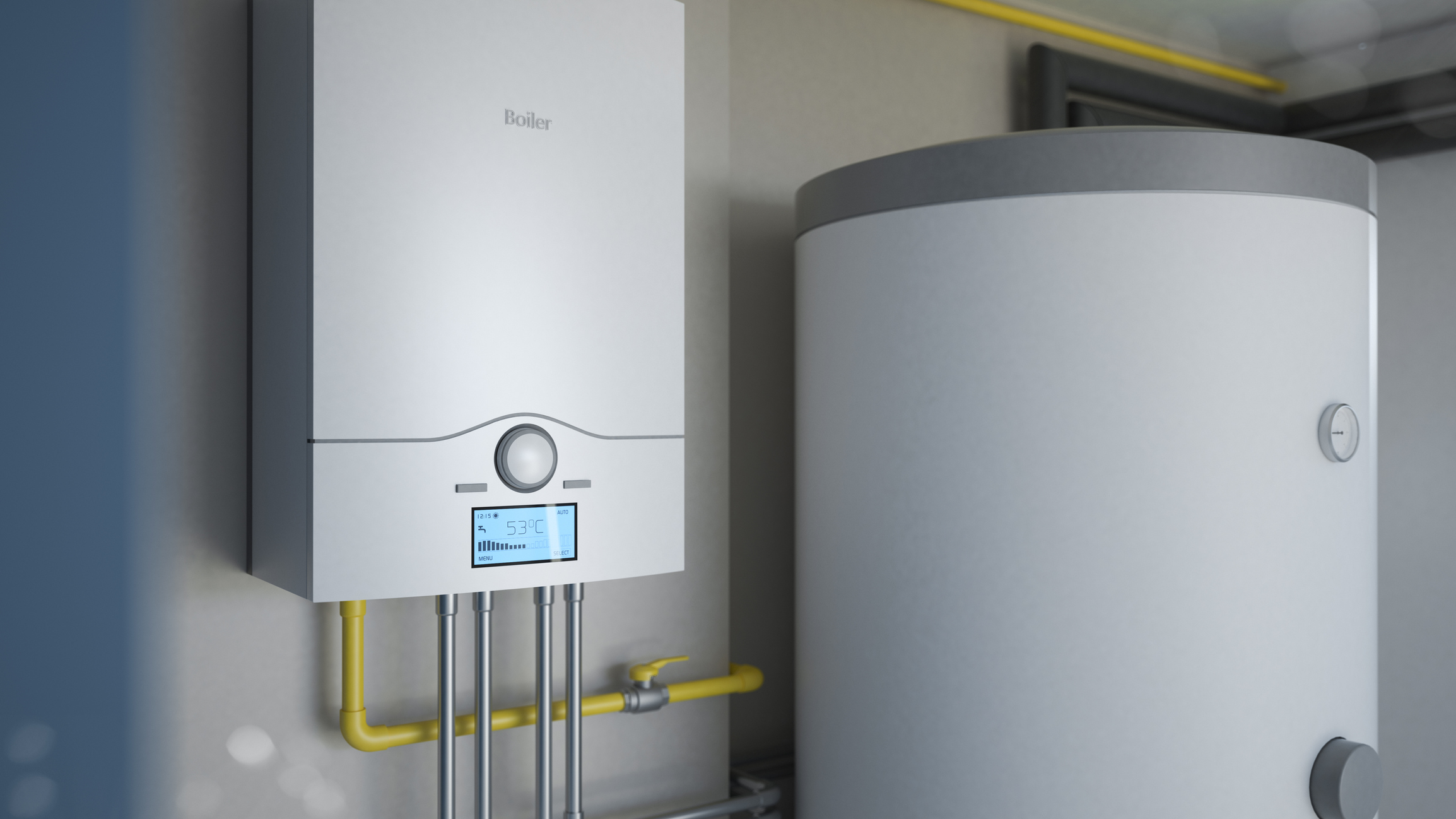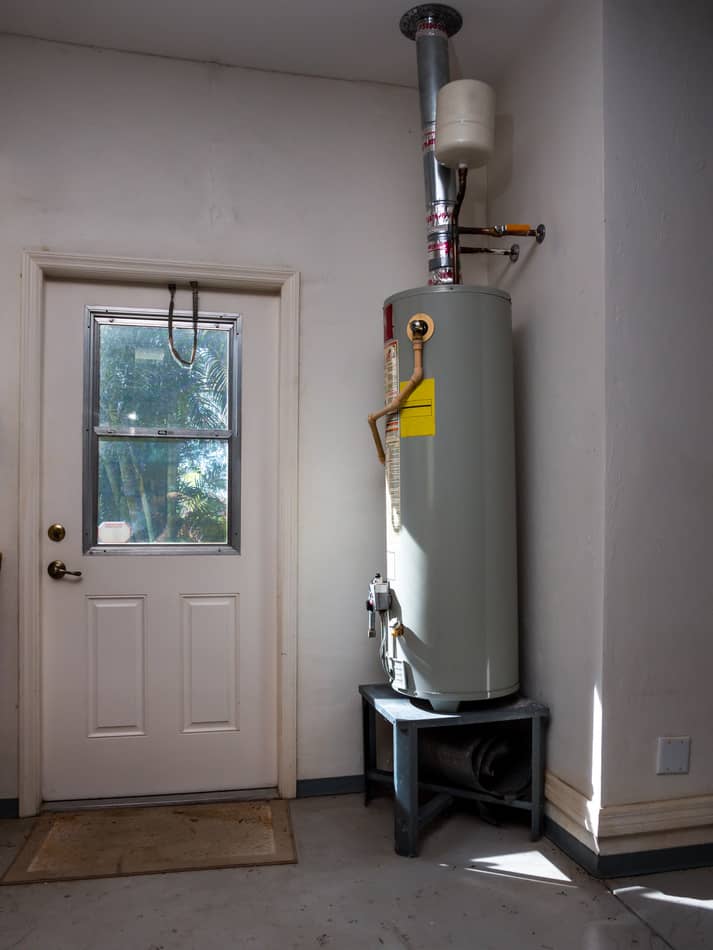This article in the next paragraphs involving Water Heater Maintenance Tips You Can't Afford to Forget is rather insightful. Don't overlook it.

Hot water is vital for day-to-day convenience, whether it's for a refreshing shower or washing dishes. To ensure your warm water system runs successfully and lasts longer, routine upkeep is key. This article provides useful suggestions and insights on exactly how to keep your home's warm water system to avoid interruptions and expensive repair services.
Intro
Keeping your home's hot water system could appear daunting, yet with a few easy steps, you can ensure it operates efficiently for several years ahead. This overview covers every little thing from understanding your hot water system to DIY maintenance ideas and understanding when to call in specialist aid.
Relevance of Maintaining Your Hot Water System
Regular maintenance not only extends the life expectancy of your hot water system yet additionally guarantees it runs effectively. Overlooking upkeep can bring about lowered efficiency, greater power expenses, and even premature failure of the system.
Signs Your Hot Water System Demands Upkeep
Understanding when your hot water system requires focus can stop major issues. Keep an eye out for indications such as inconsistent water temperature level, unusual noises from the heating system, or corroded water.
Comprehending Your Hot Water System
Prior to diving right into maintenance jobs, it's valuable to comprehend the fundamental parts of your warm water system. Commonly, this includes the water heater itself, pipes, anode rods, and temperature controls.
Month-to-month Maintenance Tasks
Normal regular monthly checks can assist catch minor concerns prior to they intensify.
Flushing the Water Heater
Purging your hot water heater eliminates sediment buildup, boosting effectiveness and extending its life.
Monitoring and Replacing Anode Rods
Anode rods prevent deterioration inside the storage tank. Examining and replacing them when broken is vital.
Examining and Changing Temperature Setups
Changing the temperature setups makes sure ideal performance and safety and security.
DIY Tips for Maintenance
You can execute a number of maintenance jobs yourself to maintain your warm water system in top problem.
Looking for Leaks
Consistently check pipes and links for leaks, as these can bring about water damages and higher costs.
Evaluating Stress Relief Valves
Examining the pressure safety valve ensures it functions properly and prevents too much pressure build-up.
Protecting Pipelines
Protecting warm water pipes reduces warm loss and can save energy.
When to Call an Expert
While do it yourself maintenance is useful, some concerns require expert experience.
Complex Concerns Needing Specialist Help
Instances include significant leakages, electrical troubles, or if your water heater is constantly underperforming.
Routine Expert Upkeep Advantages
Specialist maintenance can include complete evaluations, tune-ups, and making sure compliance with security criteria.
Verdict
Normal maintenance of your home's warm water system is essential for effectiveness, long life, and cost financial savings. By following these suggestions and knowing when to look for specialist aid, you can ensure a trustworthy supply of warm water without unanticipated disruptions.
Water Heater Maintenance Tips
Test the TPR Valve
Shut off the power and the cold-water supply valve. Place a bucket under the pipe connected to the temperature-pressure-release (TPR) valve on the top or side of the tank. (This valve opens if the tank pressure gets too high.) Lift the valve’s tab to let some water out, then let go. If water keeps flowing, drain the tank partway, unscrew the old valve with a pipe wrench, and install a new one. Check the Anode Rod
Put a hose to the tank’s drain cock and let out a few gallons of water. Now fit a 1 1/16-inch socket onto the rod’s hex head on top of the heater (or under its top plate) and unscrew the rod. If it’s less than ½ inch thick or coated with calcium, buy a new one, wrap its threads with Teflon tape, put it back in the tank, and tighten securely. Use this segmented rod if headroom above the tank is limited. Drain the Tank and Wash Out Sediment
Drain the remaining water in the tank into the bucket, then stir up the sediment on the tank’s bottom by briefly opening the cold-water supply valve. Drain and repeat until clean water comes out of the hose. Close the drain cock, refill the tank, and turn its power back on. Adjust the Temperature
Find the temperature dial on the side of the tank and unscrew its cover. Adjust the dial to 120 degrees using a flathead screwdriver. For every 10 degrees the temperature is lowered, you can expect to save up to 5 percent in energy costs. Turn the water heater off or the thermostat down to its lowest setting if you plan to be away from home for more than three days. Insulate the Pipes
Buy some self-sticking 3/8-inch-thick foam pipe insulation that matches the pipes’ diameter. Slide the foam over the hot-and cold-water pipes as far as you can reach. Insulating the cold-water pipe prevents condensation in summer. Peel the tape and squeeze the insulation closed. If the pipe is 6 inches or less from the flue, cover it with 1-inch-thick unfaced fiberglass pipe wrap. https://www.thisoldhouse.com/plumbing/21016402/how-to-maintain-a-water-heater

I hope you liked our post about What Kind of Maintenance Do Water Heaters Need?. Many thanks for taking the time to read through our piece. Sharing is nice. Helping people is fun. I praise you for being here. Don't hesitate to come visit our website back soon.
Click For More Info